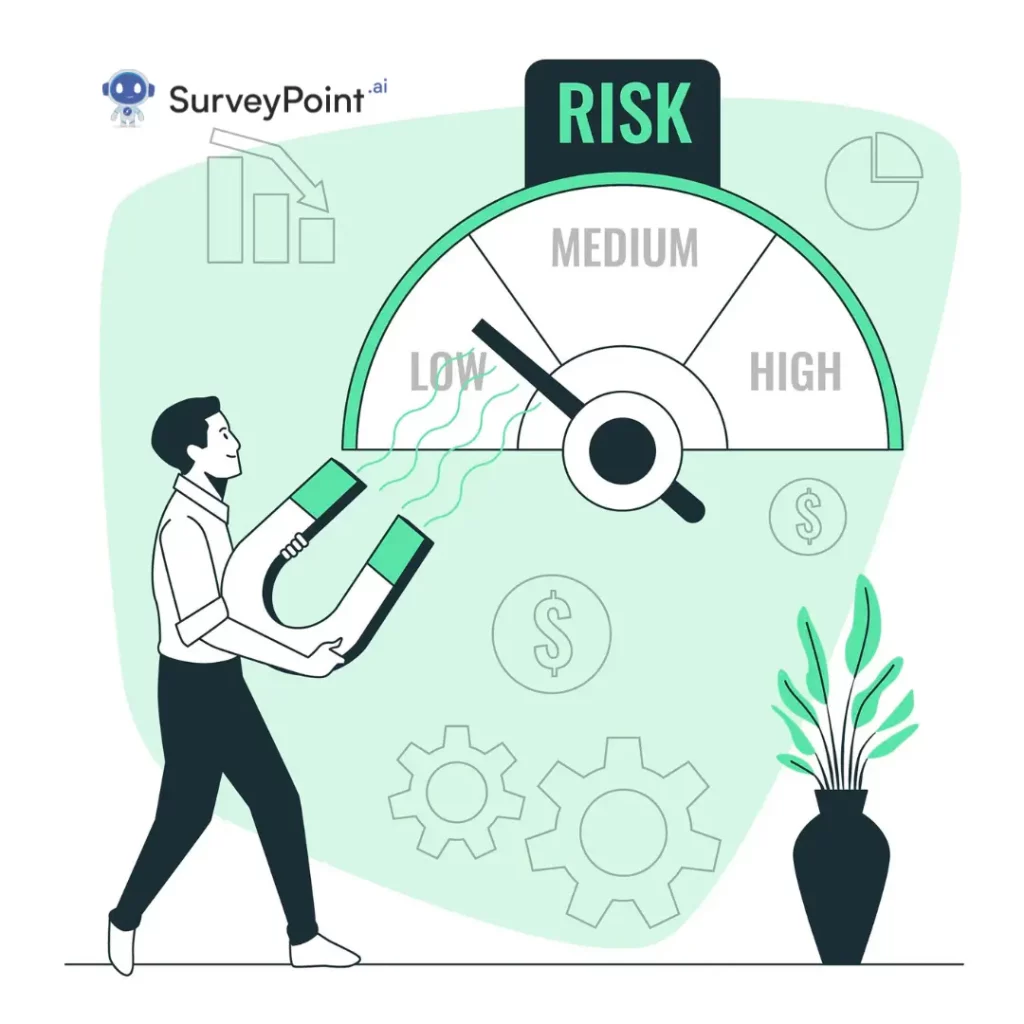
Unlock the secrets to effective HR Risk Management with our insightful blog. Delve into the world of human resources as we navigate the intricacies of mitigating risks within the workplace.
From compliance challenges to employee relations, our expert analysis and practical tips will empower HR professionals to proactively address potential issues and foster a resilient, risk-aware organizational culture. Stay ahead in the dynamic landscape of HR with our comprehensive guide on risk management strategies.
Understanding HR Risk Management: A Primer
Human resources risk management involves identifying, assessing, and addressing potential risks related to people and processes within an organization. This proactive approach helps safeguard the well-being of both employees and the organization.
HR Risk Management Job Description: The Guardian’s Role
In the realm of HR risk management, professionals don multiple hats. Their job description includes:
- Risk Identifiers:
- Spotting potential risks that could affect the workforce or the organization as a whole.
- Compliance Guardians:
- Ensuring the organization follows laws, regulations, and industry standards.
- Policy Architects:
- Crafting HR policies that address and minimize identified risks.
- Educators and Communicators:
- Conducting training programs to educate employees on risk management policies.
- Crisis Responders:
- Developing plans to respond swiftly to unexpected events.
- Data Custodians:
- Safeguarding employee data to prevent breaches and privacy issues.
- Insurance Navigators:
- Collaborating with insurance providers to ensure comprehensive coverage.
HR Risk Management Examples: Real-Life Scenarios
- Compliance Hurdles:
- HR identifies potential overtime payment compliance issues, rectifies them, and conducts training to prevent recurrence.
- Talent Drought:
- Recognizing a shortage in a crucial department, HR develops recruitment strategies and succession plans.
- Safety Red Flags:
- Addressing safety concerns, HR conducts training, updates protocols, and ensures regulatory compliance.
- Employee Relations Challenges:
- Noticing a rise in conflicts, HR implements conflict resolution training and improves communication channels.
HR’s Strategic Role in Risk Management: Beyond the Basics
HR doesn’t just react; it actively shapes organizational strategy by:
- Alignment with Goals:
- Ensuring HR practices align with the organization’s overall objectives.
- Strategic Workforce Planning:
- Identifying and addressing talent gaps strategically.
- Crisis Management Planning:
- Developing crisis management plans for prompt and effective responses.
- Trend Watchers:
- Keeping an eye on industry trends and regulations to proactively mitigate risks.
- Employee Engagement Champions:
- Fostering a culture of engagement to prevent potential employee relations issues.
HR Risk Management Framework: Building the Shield
- Risk Identification:
- Identify and categorize potential risks, from compliance to operational and strategic risks.
- Risk Assessment:
- Evaluate the impact and likelihood of each risk to prioritize mitigation efforts.
- Mitigation Strategies:
- Develop and implement strategies to address identified risks, including policy changes and training programmes.
- Monitoring and reporting:
- Establish systems for ongoing risk monitoring and regular reporting to stakeholders.
- Continuous Improvement:
- Foster a culture of learning from incidents, updating strategies, and incorporating lessons learned.
HR Risk Management Procedure: A Systematic Approach
- Regular Assessments:
- Conduct routine risk assessments to identify potential risks.
- Documentation:
- Document identified risks, their potential impact, and their likelihood.
- Stakeholder Involvement:
- Involve key stakeholders in the risk identification and assessment process.
- Mitigation Planning:
- Develop comprehensive plans outlining specific strategies and actions.
Conclusion: Steering Towards Success
In conclusion, HR’s role in risk management is multi-faceted, encompassing everything from identifying potential pitfalls to crafting solutions and fostering a culture of continuous improvement. By embracing these responsibilities, HR becomes not just a department but a strategic partner in steering organisations towards success in the ever-evolving landscape of risks and challenges.



